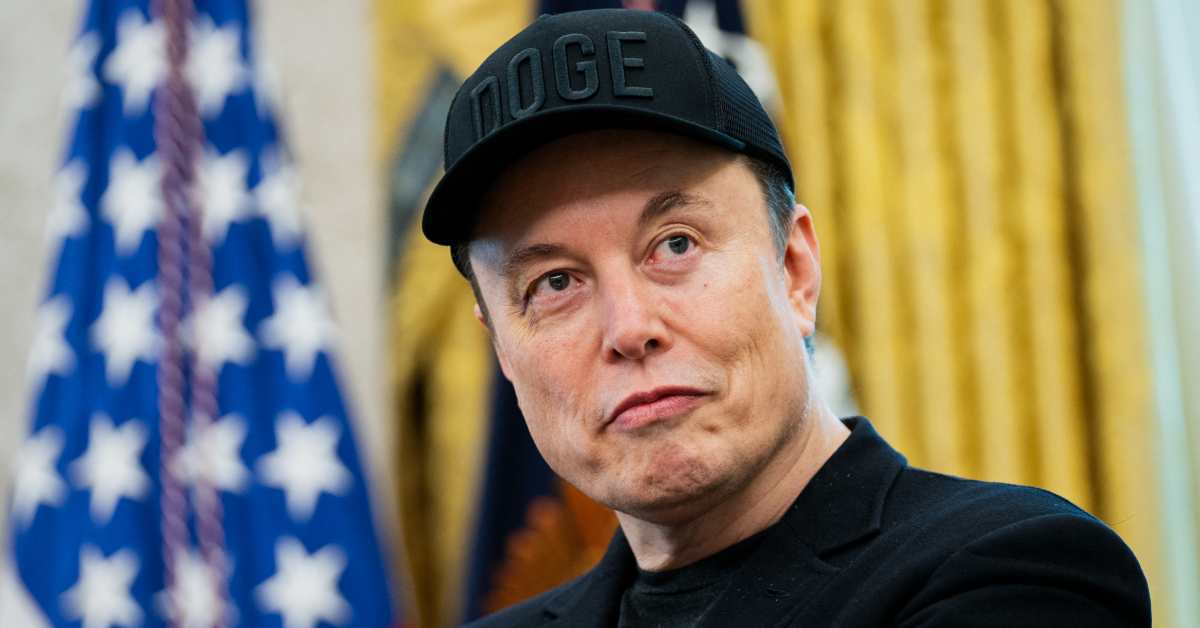Elon Musk's Neuralink: Human Trials for Vision Restoring Implants Imminent – A Game Changer for Sight?

The world watched with bated breath as Elon Musk, the visionary entrepreneur behind Tesla, SpaceX, and now Neuralink, dropped a bombshell announcement. His neurotechnology company, Neuralink, is poised to embark on human trials for its groundbreaking vision restoration technology – and it could be happening within the next six to twelve months. This marks a significant leap forward in the quest to combat blindness and visual impairments, potentially revolutionising the lives of millions.
Neuralink, founded in 2016, has been quietly developing sophisticated brain-machine interfaces (BMIs). These interfaces aim to establish a direct communication pathway between the brain and external devices. The initial focus, as Musk recently confirmed, is on restoring vision. The company's implants are designed to bypass damaged areas of the eye and optic nerve, directly stimulating the visual cortex of the brain, effectively allowing individuals to 'see' again.
How Does it Work?
The Neuralink implant is incredibly intricate. It consists of tiny, flexible threads containing electrodes that are surgically implanted into the brain. These threads are designed to be less damaging to brain tissue than traditional, rigid electrodes. The electrodes then record and stimulate brain activity, translating thoughts and commands into actions. For vision restoration, the implant would interpret signals and relay them to the visual cortex, creating a perception of sight.
The Road to Human Trials:
Neuralink has already conducted extensive research and testing on animals, primarily pigs and monkeys. These trials have demonstrated promising results, showing the ability to restore some level of visual function. However, moving to human trials presents a new set of challenges. Safety, efficacy, and long-term biocompatibility are paramount concerns. Musk’s timeline of six to twelve months suggests Neuralink is confident in the readiness of its technology, but regulatory hurdles and ethical considerations remain.
Beyond Vision: The Future of Neuralink
While the initial focus is on vision, Neuralink's ambitions extend far beyond. Musk envisions a future where BMIs can treat a wide range of neurological conditions, including paralysis, Parkinson's disease, Alzheimer's disease, and even mental health disorders. The technology could also potentially enhance human capabilities, allowing for direct brain-computer communication and the seamless integration of technology into our lives.
Australian Implications:
The potential impact of Neuralink's technology on Australia is significant. With a growing aging population and an increasing prevalence of age-related eye diseases like macular degeneration and glaucoma, the demand for effective vision restoration therapies is high. If successful, Neuralink’s implants could offer a lifeline to countless Australians struggling with visual impairment. Furthermore, the advancements in neurotechnology could spur further research and development within the Australian biomedical sector.
The Ethical Landscape:
As with any groundbreaking technology, Neuralink’s BMIs raise important ethical questions. Concerns surrounding data privacy, potential misuse, and equitable access need to be addressed proactively. Open dialogue and robust regulatory frameworks will be crucial to ensure responsible development and deployment of this powerful technology. The potential for cognitive enhancement also sparks debate about fairness and societal impact.
Elon Musk’s Neuralink is undeniably pushing the boundaries of what's possible in neurotechnology. The imminent human trials for vision restoration represent a pivotal moment, offering hope for millions and ushering in a new era of brain-computer interfaces. Whether this technology lives up to its immense potential remains to be seen, but the journey promises to be both fascinating and transformative.






